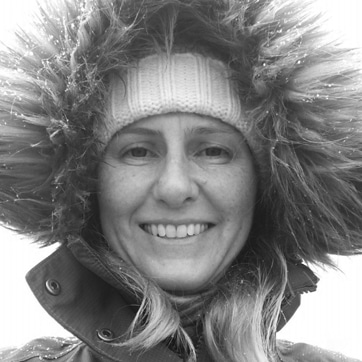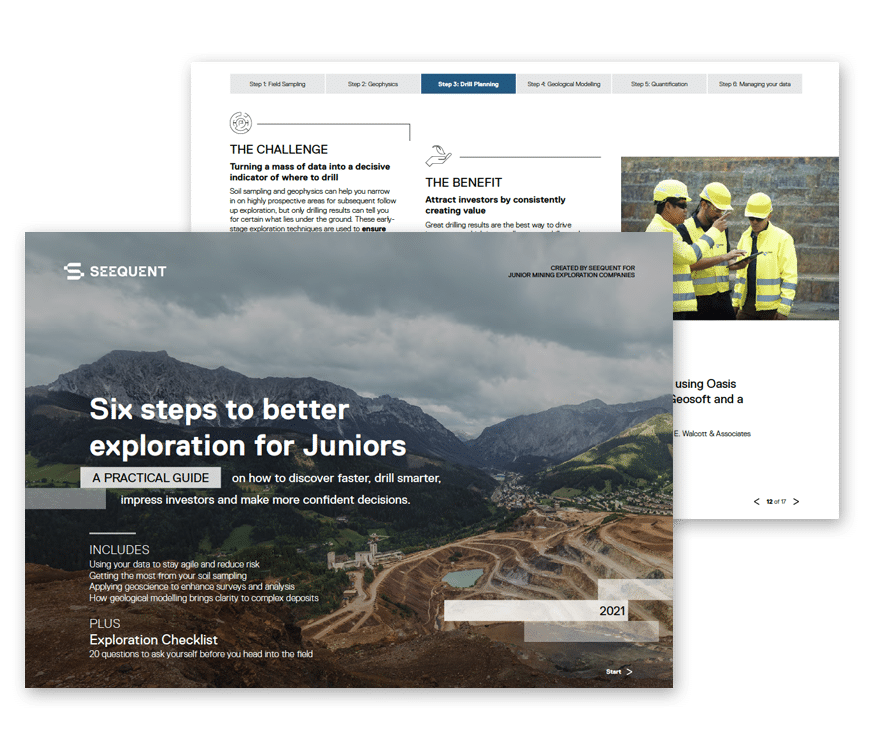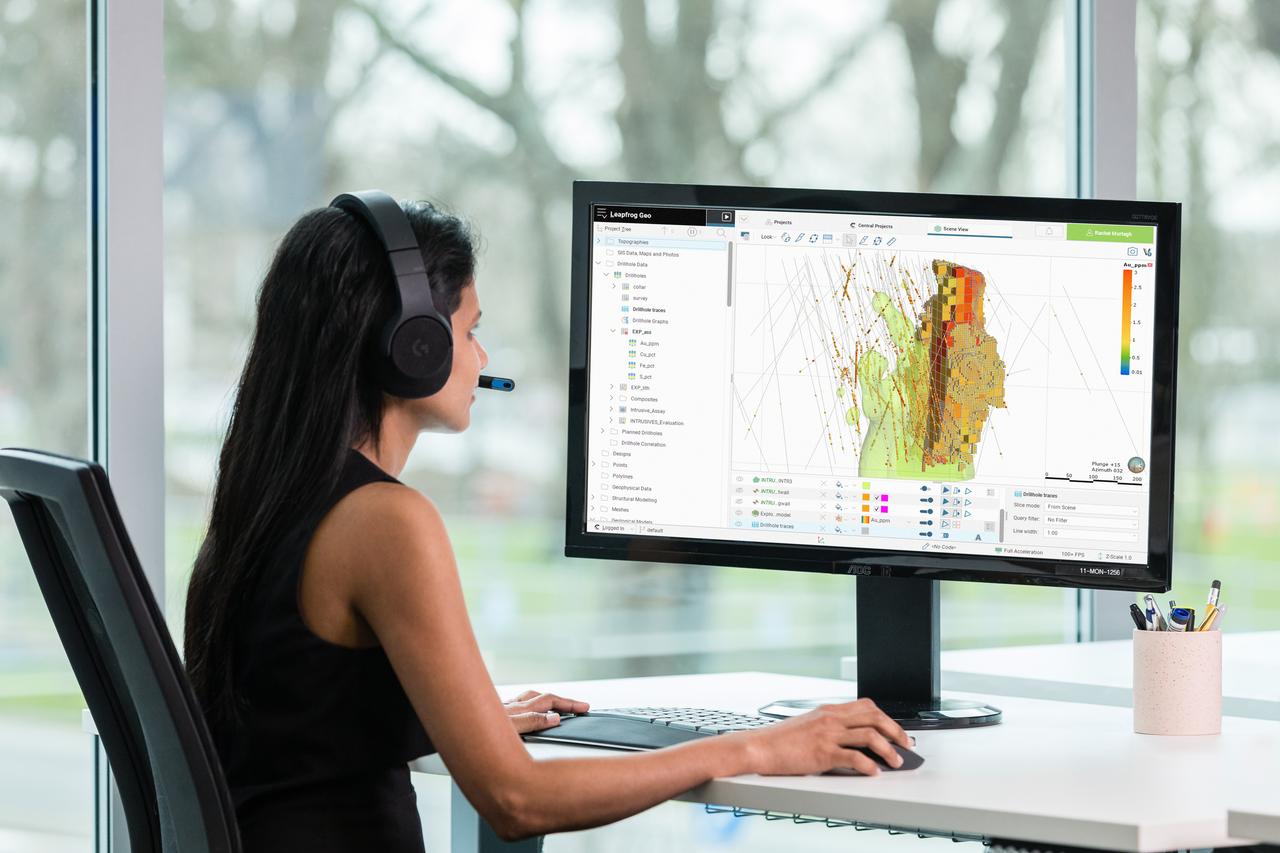
”Being able to quickly update an estimate during the drilling program can deepen the understanding of the deposit, leading to better and more informed decisions.
Carrie NichollsSenior Consultant, EMEA
- Enabling your teams to produce them internally is easier than you think
- You can understand your deposit in greater detail and save money
- Investors will be prepared for a wider range of possibilities
- Estimates can be quickly updated during the drilling program
Accurate resources estimates can be critical to keeping a project economic and on track, but this can prove a challenge to many juniors who may not have the in-house capability to handle the task.
One solution is to outsource to consultants, but this can be expensive. Therefore, it’s not unknown for juniors to resort to ‘back of an envelope’ calculations for interim updates when they want to avoid the cost of a consultant. However, this can carry its own risks in reducing the confidence around a project, both internally and with investors.
If juniors can quickly produce their own reliable estimates – without defaulting to those back-of-the-envelope sums – they gain a number of advantages, not least of which is to strengthen the conviction that they’re heading in the right direction.
Being able to quickly update an estimate during the drilling program allows for incremental progress reports, and this can deepen the understanding of the deposit, leading to better and more informed decisions. Different hypotheses can be examined more readily, and sensitivity tests conducted. For example, this might be around the impact of a fault or the best/worst case of a geological interpretation. You and your investors are then better prepared for a range of possibilities.
Making it easier to take estimates in-house
Juniors may be daunted by the prospect of handling estimates in-house should they feel the expertise is not available. However, with Leapfrog Edge it becomes more practicable. Edge’s main benefit is that the geological interpretation sits at the heart of the estimate, simplifying the process.
Your teams can use it to do their own basic resource estimate, employing the statistical and visual tools available to ensure that what they’re doing is valid. Edge gives you all the statistical, geostatistical, validation and reporting tools that you need to create a robust estimate with deliverables, and its strong visualisation tools help you understand and validate it.
For juniors who still prefer to use a consultant or other third party to do the work, Seequent Central makes it easier to collaborate and share your data and geological model. You can be sure the consultant will have the correct version of the model, and when the resultant estimate is passed back in Central, the whole project’s timeline will have all its stages recorded, enabling you to see its full evolution.
If you want to know more about how Seequent can help, check out our free eBook “Six Steps to Better Exploration for Juniors”. It’s the combined thoughts of our geological discovery experts, covering subjects from Quantification, Field Sampling and Drill Planning to Building Geological Models and Better Data Management.
You can access it for free here, and look out for more ideas and insight on junior minor exploration in future blogs on this site.






